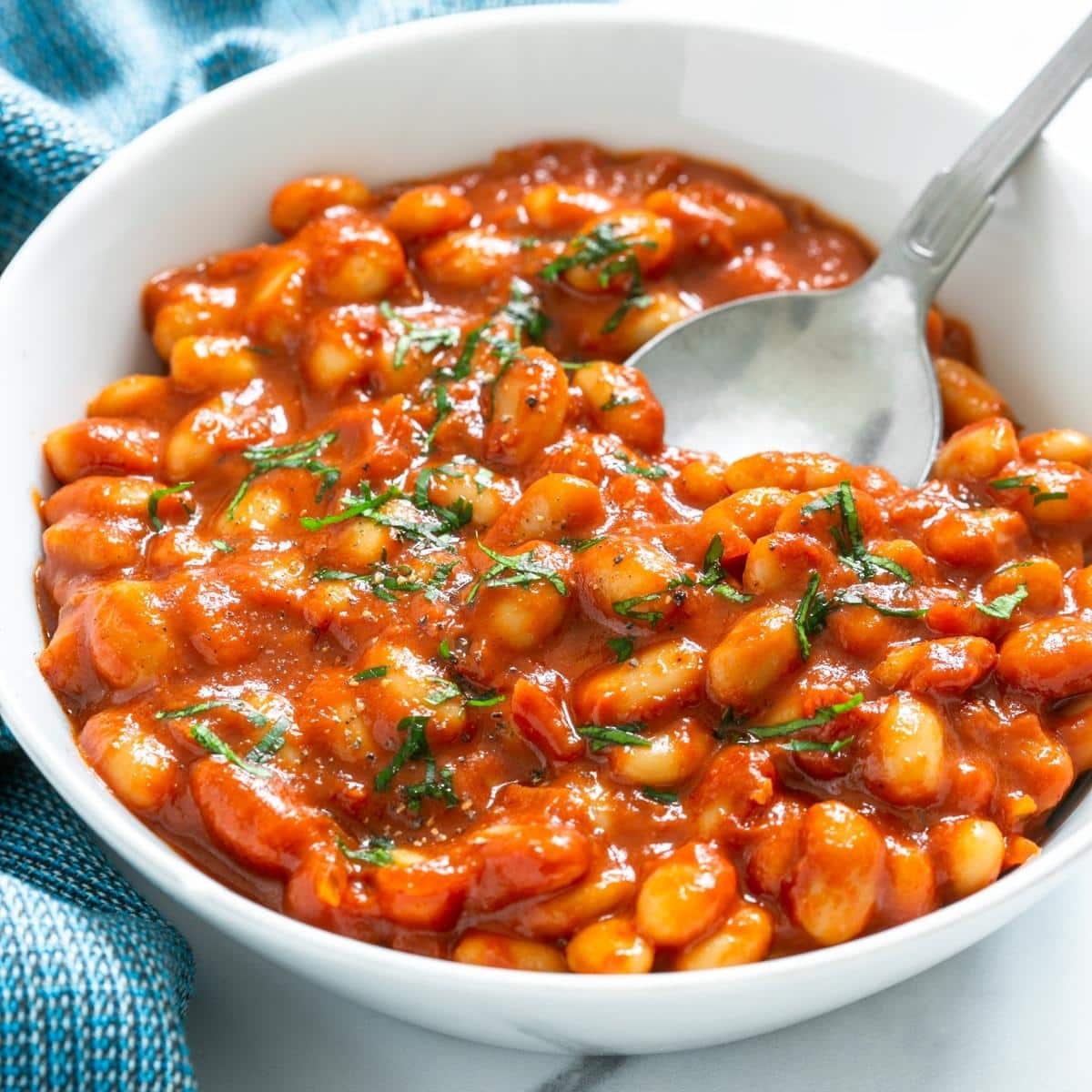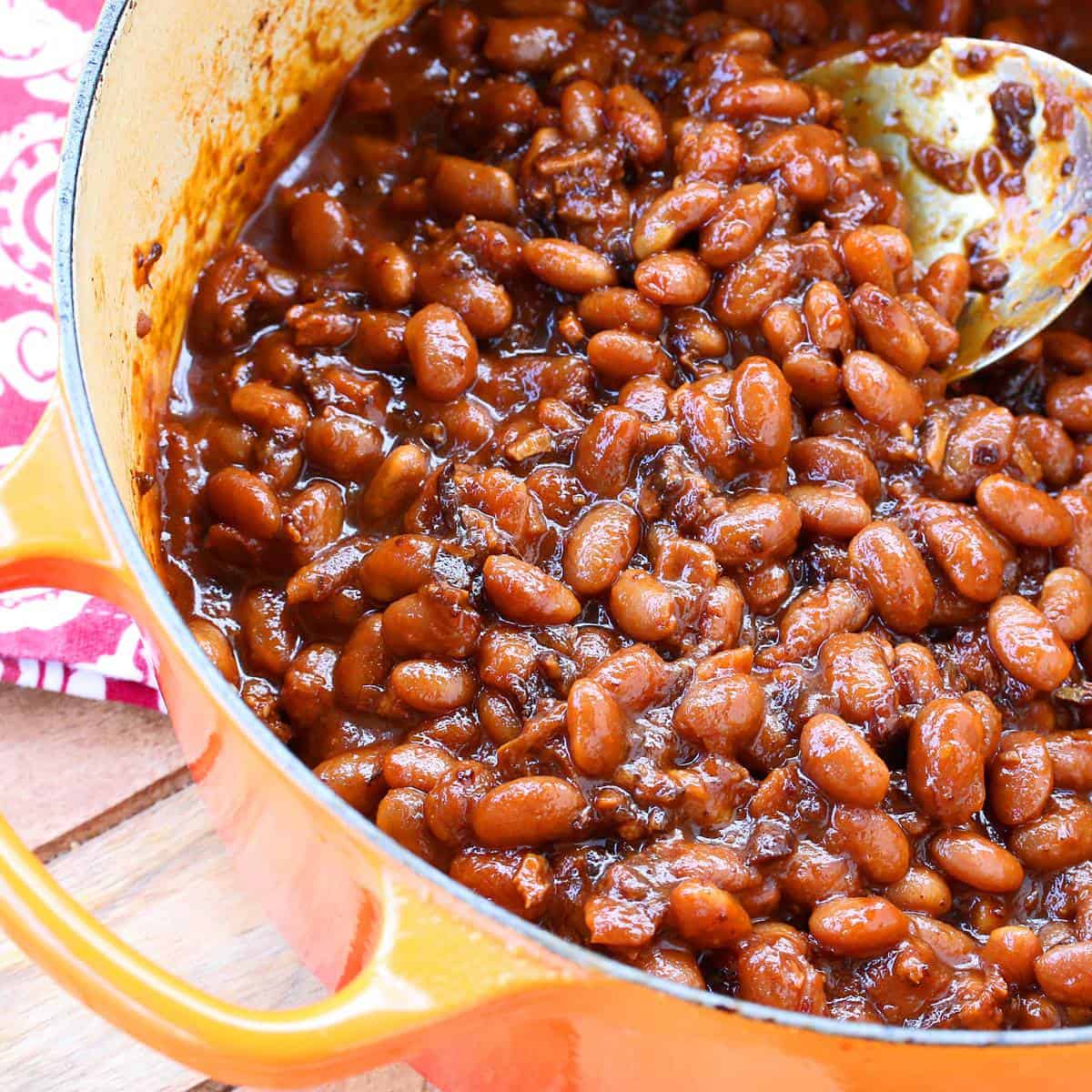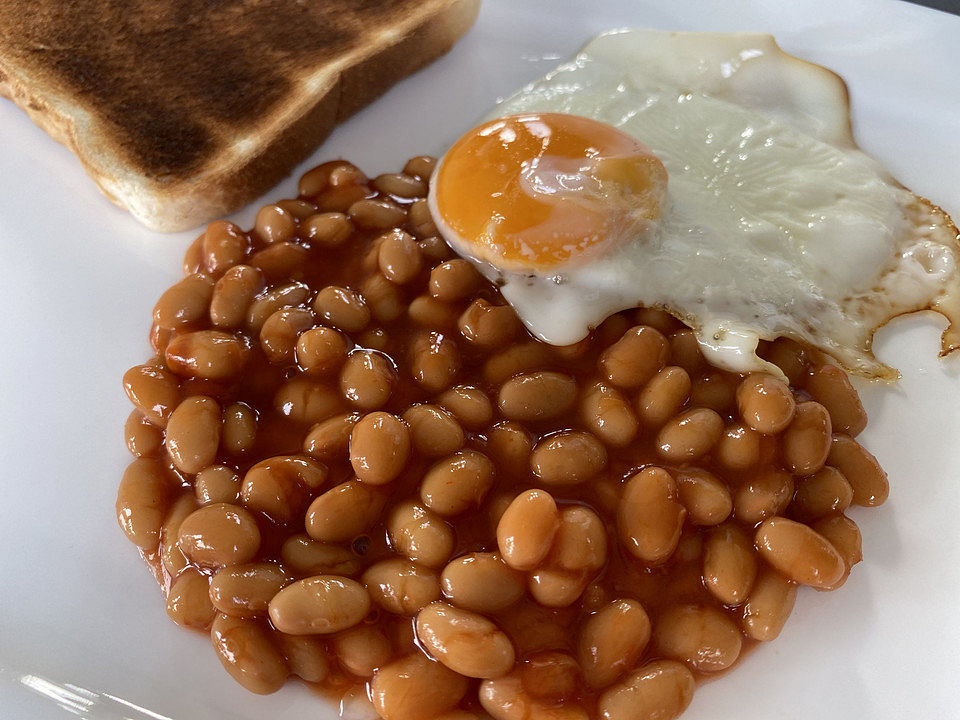Good Recipe For Baked Beans
Good recipe for baked beans: A culinary journey through time and cultures, baked beans have captured hearts and stomachs for centuries. From humble beginnings to modern-day variations, this dish continues to be a staple in many cuisines around the world.
This blog post dives into the fascinating history, essential ingredients, and diverse flavor profiles of baked beans, offering a comprehensive guide to creating the perfect pot of this comforting classic.
Baked beans, a simple yet versatile dish, have a rich history dating back to the 16th century. Originally a way to preserve beans for long periods, the recipe evolved over time, incorporating new ingredients and flavors. Today, baked beans come in countless variations, each showcasing the unique culinary traditions of its origin.
Whether you prefer sweet and smoky, savory and spicy, or somewhere in between, there’s a baked bean recipe out there for every palate.
Introduction to Baked Beans
Baked beans, a staple in many cuisines around the world, have a rich history that spans centuries. From their humble beginnings as a simple peasant food to their transformation into a beloved comfort dish, baked beans have evolved and adapted to various cultures and palates.
Origins and Cultural Significance
The origins of baked beans can be traced back to the ancient civilizations of the Mediterranean region, where beans were a common source of protein and sustenance. The use of beans in culinary preparations spread across Europe and eventually made their way to the Americas with European settlers.
In the United States, baked beans gained popularity as a hearty and economical dish, often served with pork and molasses. The association with pork and molasses cemented the baked beans’ place in American culinary tradition, particularly in the Southern states.
Evolution of Baked Beans Recipes
Throughout history, baked beans recipes have undergone numerous variations, reflecting regional preferences and available ingredients. Early recipes often featured simple ingredients like beans, molasses, and pork, while later variations incorporated spices, herbs, and other ingredients. The development of canned beans and commercially prepared sauces has also contributed to the evolution of baked beans recipes, making them more accessible and convenient for modern cooks.
Ingredients for a Good Baked Beans Recipe

A good baked beans recipe relies on a combination of key ingredients that contribute to its unique flavor and texture. These ingredients work together to create a satisfying and flavorful dish that can be enjoyed on its own or as a side dish.
Key Ingredients and Their Roles
The most important ingredient in any baked beans recipe is, of course, the beans. Traditionally, navy beans are used for their creamy texture and ability to absorb flavors well. Other types of beans, such as kidney beans or pinto beans, can also be used, offering different flavor profiles and textures.
The addition of pork, typically bacon or ham, adds a savory and smoky flavor to the beans. Molasses, a key ingredient in traditional baked beans, contributes a sweet and slightly tangy flavor that balances the savory notes of the pork and beans.
Other ingredients like onions, garlic, and spices enhance the flavor complexity and depth of the dish.
Ingredients and Variations
| Ingredient | Role | Variations |
|---|---|---|
| Beans | Base of the dish, provides texture and absorbs flavors | Navy beans, kidney beans, pinto beans, black beans, etc. |
| Pork | Adds savory and smoky flavor | Bacon, ham, sausage, or omitted for vegetarian versions |
| Molasses | Provides sweetness and tanginess | Brown sugar, maple syrup, honey, or omitted for less sweet versions |
| Onions and Garlic | Enhance flavor and aroma | Yellow onions, red onions, shallots, garlic cloves |
| Spices | Add depth and complexity to flavor | Mustard powder, paprika, chili powder, cumin, black pepper, etc. |
Methods and Techniques for Baking Beans
Baking beans can be achieved using various methods, each with its own advantages and disadvantages. The most common methods include stovetop baking and slow cooker baking, each offering a unique approach to creating delicious baked beans.
Stovetop Baking
Stovetop baking involves simmering the beans in a pot on the stovetop until they are tender and flavorful. This method allows for more control over the cooking process, enabling adjustments to the consistency and flavor. However, stovetop baking requires more attention and can be time-consuming, especially when compared to slow cooker methods.
Slow Cooker Baking
Slow cooker baking involves simmering the beans in a slow cooker on low heat for several hours. This method offers convenience and hands-off cooking, allowing the beans to cook slowly and develop rich flavors. The slow cooker’s gentle heat also helps to break down the beans, creating a creamy and tender texture.
However, slow cooker baking can result in a slightly less intense flavor compared to stovetop methods.
Step-by-Step Guide for Slow Cooker Baked Beans

- In a large bowl, combine the beans, pork, molasses, onions, garlic, and spices.
- Transfer the mixture to a slow cooker and add enough water or broth to cover the beans.
- Cook on low heat for 6-8 hours, or until the beans are tender and flavorful.
- Stir occasionally during cooking to ensure even heating and prevent sticking.
- Once cooked, taste and adjust seasonings as needed.
Flavor Variations and Additions
Baked beans offer a canvas for culinary creativity, allowing for a wide range of flavor variations and additions. Whether you prefer sweet, savory, or spicy, there’s a baked bean recipe to satisfy every palate.
Flavor Profiles
- Sweet: Sweet baked beans often feature a higher ratio of molasses or brown sugar, creating a rich and caramelized flavor.
- Savory: Savory baked beans typically rely on the smoky flavor of bacon or ham, enhanced by the addition of onions, garlic, and herbs.
- Spicy: Spicy baked beans can be achieved by incorporating chili powder, cayenne pepper, or other hot spices.
Flavor Variations and Ingredients
| Flavor Variation | Ingredients |
|---|---|
| Sweet and Smoky | Molasses, brown sugar, bacon, smoked paprika |
| Savory and Herby | Ham, onion, garlic, thyme, rosemary, bay leaf |
| Spicy and Tangy | Chili powder, cayenne pepper, mustard powder, vinegar |
| BBQ-Inspired | BBQ sauce, brown sugar, smoked paprika, onion |
Serving Suggestions and Accompaniments
Baked beans are a versatile dish that can be enjoyed in various ways. They can be served as a side dish, a main course, or even incorporated into other dishes. The choice of accompaniments can further enhance the flavor and texture of baked beans, creating a satisfying and balanced meal.
Classic Pairings, Good recipe for baked beans
- Grilled meats: Baked beans are a classic accompaniment to grilled meats, such as hamburgers, hot dogs, and barbecue ribs.
- Cornbread: The sweet and crumbly texture of cornbread complements the savory and hearty flavor of baked beans.
- Potato salad: Potato salad provides a refreshing contrast to the richness of baked beans.
Creative Serving Ideas
- Baked bean nachos: Top baked beans with tortilla chips, cheese, and your favorite toppings for a fun and satisfying snack or appetizer.
- Baked bean sliders: Spoon baked beans onto mini hamburger buns and top with your favorite toppings for a quick and easy meal.
- Baked bean soup: Blend cooked baked beans with broth and seasonings for a hearty and flavorful soup.
Tips and Tricks for Perfect Baked Beans: Good Recipe For Baked Beans

Achieving the perfect texture and flavor in baked beans requires a few key tips and tricks. By following these guidelines, you can ensure that your baked beans are delicious and satisfying.
Expert Tips
- Soak the beans: Soaking the beans overnight helps to soften them and reduce cooking time.
- Use high-quality ingredients: The flavor of baked beans is directly affected by the quality of the ingredients.
- Don’t overcook the beans: Overcooked beans can become mushy and lose their texture.
- Adjust seasonings: Taste the beans as they cook and adjust seasonings accordingly.
- Let the beans cool: Allow the beans to cool slightly before serving to allow the flavors to meld.
Common Mistakes to Avoid
- Not soaking the beans: Soaking the beans is essential for achieving a tender texture.
- Using too much liquid: Too much liquid can dilute the flavor of the beans.
- Not stirring the beans: Stirring the beans regularly prevents sticking and ensures even cooking.
- Over-seasoning the beans: Start with a small amount of seasoning and adjust as needed.
Troubleshooting Common Issues

- Beans are too mushy: If the beans are too mushy, they may have been overcooked.
- Beans are too firm: If the beans are too firm, they may not have been cooked long enough.
- Beans are too bland: If the beans are too bland, you may need to add more seasoning.
Baked Bean Recipes from Around the World
Baked beans are enjoyed worldwide, with regional variations reflecting local ingredients and culinary traditions. From the Caribbean to the United Kingdom, each region offers its unique interpretation of this beloved dish.
Regional Variations
- Caribbean baked beans: Caribbean baked beans often feature spices like allspice, cinnamon, and nutmeg, along with ingredients like coconut milk and jerk seasoning.
- British baked beans: British baked beans are typically served on toast or as a side dish with breakfast. They are often made with a sweet and savory sauce that includes tomato ketchup, brown sugar, and vinegar.
- Canadian baked beans: Canadian baked beans are often made with maple syrup, which adds a distinct sweetness to the dish.
Concluding Remarks
From understanding the essential ingredients to mastering the perfect baking technique, this blog post has explored the multifaceted world of baked beans. With a little experimentation and creativity, you can create a dish that is both delicious and satisfying.
Whether you’re a seasoned chef or a novice in the kitchen, the joy of baking beans lies in the endless possibilities for customization and the warmth it brings to any meal. So, grab your ingredients, fire up the oven, and embark on your own baked bean adventure!




Post a Comment for "Good Recipe For Baked Beans"